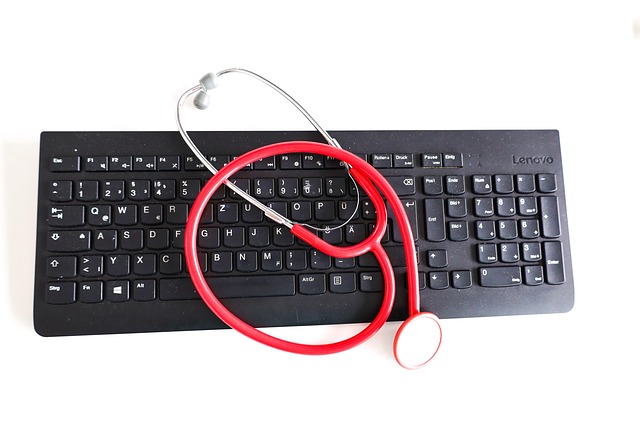
Securing Telemedicine: IT Strategies for Information Technology Safety
Securing Telemedicine: IT Strategies for Information Technology Safety
In today’s fast-paced world, the adoption of telemedicine has transformed how healthcare is delivered, making it more accessible and convenient. However, with this shift comes significant responsibility, particularly when it comes to telemedicine safety. As healthcare providers increasingly rely on technology to provide patient care, ensuring the security of sensitive information has never been more critical.
Information technology (IT) plays a pivotal role in safeguarding telemedicine platforms. The integration of effective security measures not only protects patient data but also fosters trust between healthcare providers and patients. Here, we delve into essential IT strategies that can enhance telemedicine safety.
1. Implement Strong Authentication Protocols
One of the foundational steps in securing telemedicine services is the implementation of strong user authentication. Multi-factor authentication (MFA) can significantly reduce the risk of unauthorized access to sensitive data. By requiring users to provide more than one form of verification, healthcare providers can bolster their defenses against potential breaches.
2. Encrypt Data in Transit and at Rest
Encryption serves as a powerful tool in safeguarding data integrity. Ensuring that all patient information is encrypted, both when it’s transmitted over networks and stored on servers, can protect sensitive details from cyber threats. Utilizing secure protocols like HTTPS for web-based telemedicine services is essential for maintaining telemedicine safety.
3. Regular Software Updates and Vulnerability Assessments
Keeping software and security systems up to date is vital in mitigating risks associated with known vulnerabilities. Regularly scheduled updates can address potential weaknesses before they are exploited. Conducting vulnerability assessments will identify gaps in security, allowing IT teams to take proactive measures and maintain a robust defense.
4. Educate Staff and Patients on Cybersecurity
A well-informed team is an organization’s first line of defense. Training healthcare staff on cybersecurity best practices—including recognizing phishing attempts and securing personal devices—can help prevent breaches. Additionally, educating patients on how to secure their own connections during virtual visits fosters a culture of shared responsibility in protecting telemedicine safety.
5. Monitor Network Activity and Incident Response Plans
Constant vigilance is key in the digital age. Utilizing advanced monitoring tools can help detect suspicious activity in real-time, allowing for swift action against potential threats. Moreover, having a well-defined incident response plan ensures that healthcare organizations are prepared to react promptly and effectively in the event of a security breach.
6. Comply with Regulatory Standards
Staying compliant with regulations such as HIPAA (Health Insurance Portability and Accountability Act) in the U.S. is essential for ensuring that patient data is handled securely. Compliance not only protects patient information but also reinforces the organization’s commitment to telemedicine safety.
As telemedicine continues to evolve, so too must the IT strategies that secure it. By embracing a comprehensive approach to cybersecurity, healthcare organizations can protect their patients’ information, enhance trust, and facilitate the effective delivery of care. In an age where technology meets healthcare, prioritizing telemedicine safety is not just a necessity—it’s a responsibility that we must all uphold.



